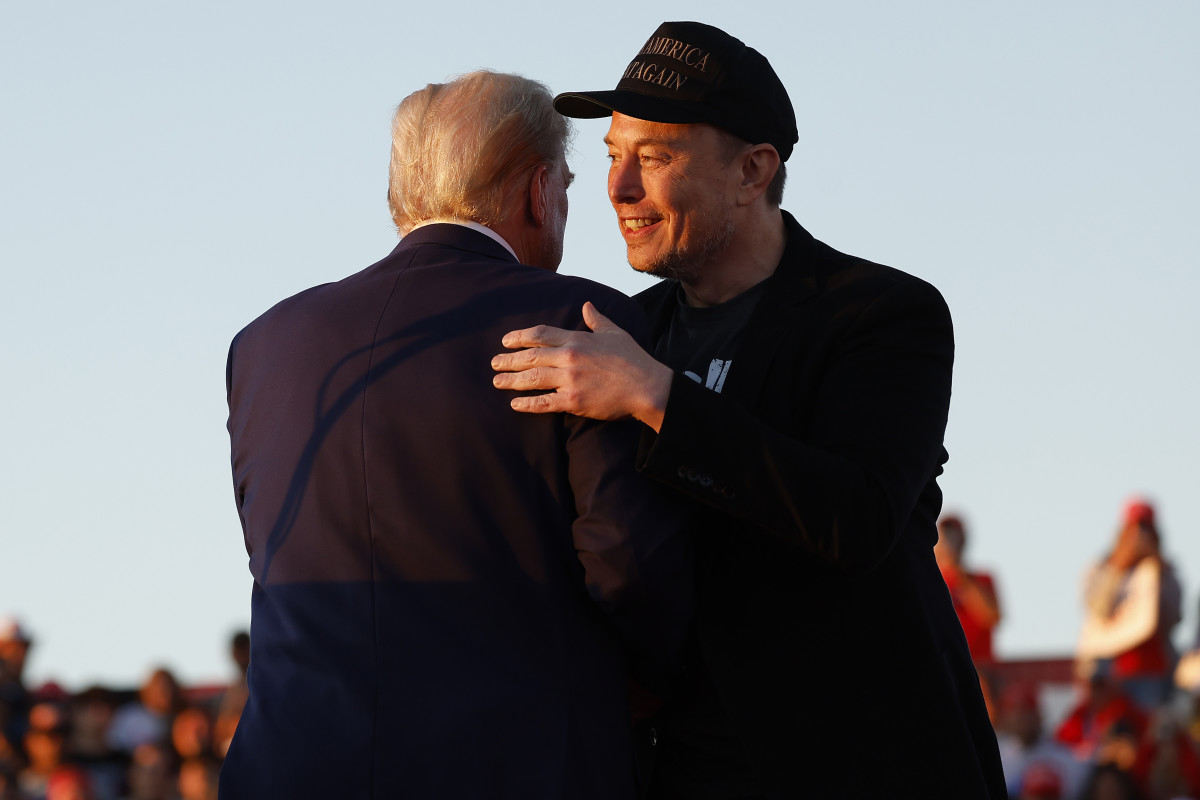(NSI News Source Info) SEOUL - January 16, 2009: South Korea's arms procurement agency has been in close consultation with the U.S. government to purchase 36 refurbished Apache attack helicopters to deploy in 2012, when South Korean commanders take over wartime operational control of their troops from the U.S. military, a source said Jan. 14.
The Defense Acquisition Program Administration (DAPA) wants to receive the first batch of 18 Block II Apache Longbow models modified from the Block I standard in 2012, and the second batch of the older units, dubbed MIMEX, in 2014, said the source privy to negotiations.
The AH-64 Apache is an all-weather day-night military attack helicopter with a four-bladed main and tail rotor and a crew of two pilots who sit in tandem. The main fixed armament is a 30 mm M230 Chain Gun under the aircraft's nose. It can also carry a mixture of AGM-114 Hellfire and Hydra 70 rocket pods on four hardpoints mounted on its stub-wing pylons. The AH-64 is the principal attack helicopter of the United States Army, and a successor to the AH-1 Cobra.

In a related move, the agency plans to start a feasibility study this month on the acquisition of Apaches, he said.
The moves follow U.S. Forces Korea (USFK)'s announcement in November that it will pull a fleet of 24 Apache helicopters out of the Korean Peninsula in March for rotational deployment to Iraq or Afghanistan this fall.
Public jitters have grown here since then over a possible security vacuum, as the U.S. Apache units are in charge of key missions to deter North Korean armored units in case of war.
"I heard that DAPA's international product team is receptive to the U.S. Army Apache program manager meeting with DAPA and also with JUSMAG-K, and that there is strong interest in 18 MIMEX in 2012 and 18 more in 2014,'' the source said on condition of anonymity.
JUSMAG-K refers to the Joint U.S. Military Affairs Group-Korea, which coordinates South Korean purchases of U.S. weapons through the Pentagon's government-to-government Foreign Military Sales program.
The DAPA has shown interest in Block II models, so the U.S. government may want Boeing to do the upgrade, he said.
The source, however, said the agency was still "keeping all options open," including the introduction of the up-to-date AH-64D Apache Longbow heavy attack helicopters through a commercial deal with Boeing, given the proposed refurbishment would cost more than buying new models.
"I'm sure the ROK Army wants the latest and greatest, but also wants capability fast. It also must be affordable. These are the issues,'' he said.
To help boost the Army's independent anti-tank and fire support capabilities after the wartime control transition, South Korea has pushed to buy the older Apaches, separately from the Korea Attack Helicopter project aimed at building an indigenous helicopter with technological support from foreign helicopter manufacturers.
Last year, the two governments opened negotiations over the MIMEX program, with the United States offering for sale about 260 Block I Apaches available for upgrades, according to the JUSMAG-K.
South Korea proposed that the U.S. government sell 36 second-hand Apaches for about 1 trillion won ($744 million), and said later that it would make a final decision as late as August, according to JUSMAG-K officials.
The Apache Longbow is armed with AGM-114 Hellfire air-to-surface missiles, AIM-9 Sidewinder air-to-air missiles and Hydra 70 laser-guided rockets. Their main missions are to help prevent North Korean special forces from infiltrating the South by sea and neutralize North Korean armored units crossing the military demarcation line in case of war.
The USFK maintains two Apache battalions here.
On Jan. 12, U.S. and South Korean military officials announced that 12 F-16 fighter jets would temporarily replace the departing Apache battalion. Previously, the USFK said 12 A-10 attack aircraft would replace the Apaches' air-to-ground and close-air-support missions.
Col. Mike Chandler, chief of staff of the U.S. 7th Air Force, said the change of plans was due to "a structural issue'' with the A-10's airframe.
"The air-to-ground mission and the close-air-support mission are primarily to support the soldiers on the ground,'' Chandler said. "Helicopters, the A-10 platform and the F-16 platform are all capable of performing that mission."
Despite USFK's explanations, critics here say the "flip-flop" could cause a security vacuum due to different mission capabilities between Apaches and F-16s.
Some experts say F-16s are outstanding performers but not well suited for conducting missions against enemy tanks at low air speeds and altitude. They also speculate the F-16 deployment signals USFK's mission shift to an air- and naval-centric support of South Korean troops after the transition to wartime operational control in 2012.
"The F-16's combat-proven record is well known and will provide an enhanced deterrent capability on the Korean Peninsula," USFK Commander Gen. Walter Sharp said in a press release. "This deployment also increases Republic of Korea-United States training opportunities, which further strengthens Combined Forces Command's ability to defeat any North Korean aggression."
According to the release, the F-16 is a multirole fighter capable of conducting a broad range of missions, including close air support, precision strike and counter-air.




















No comments:
Post a Comment